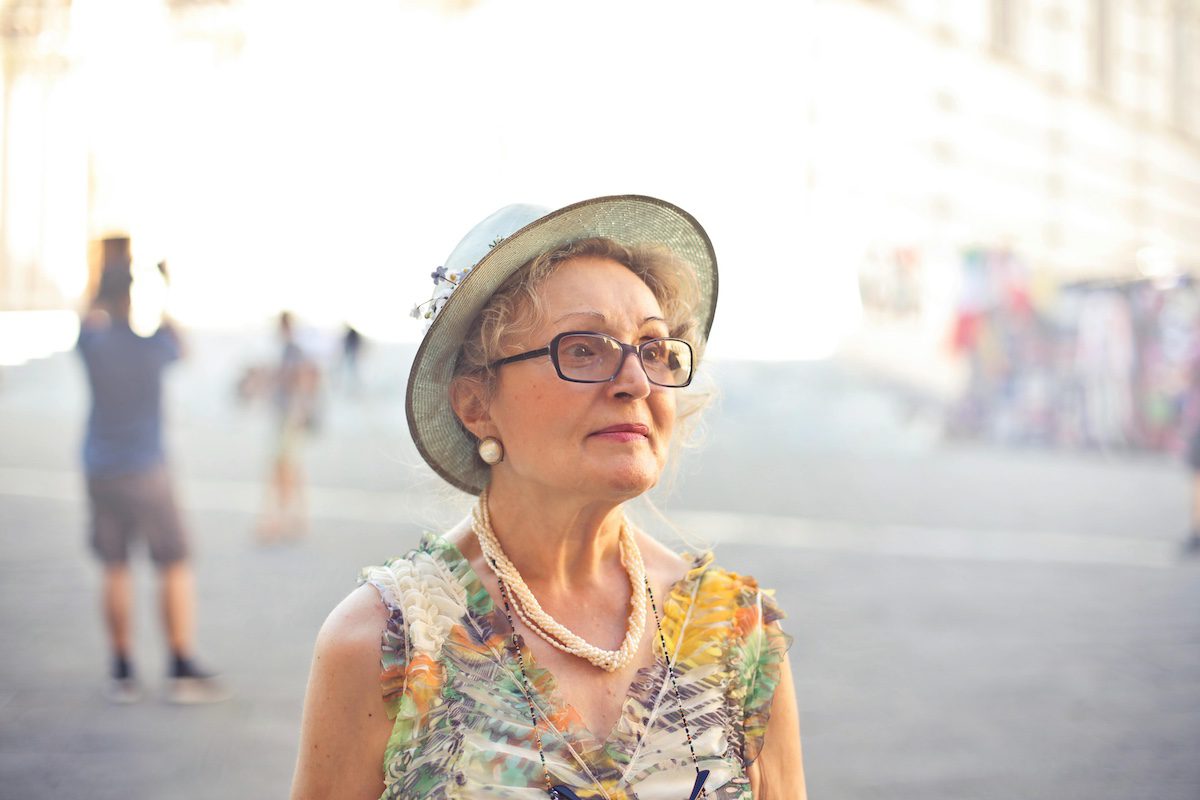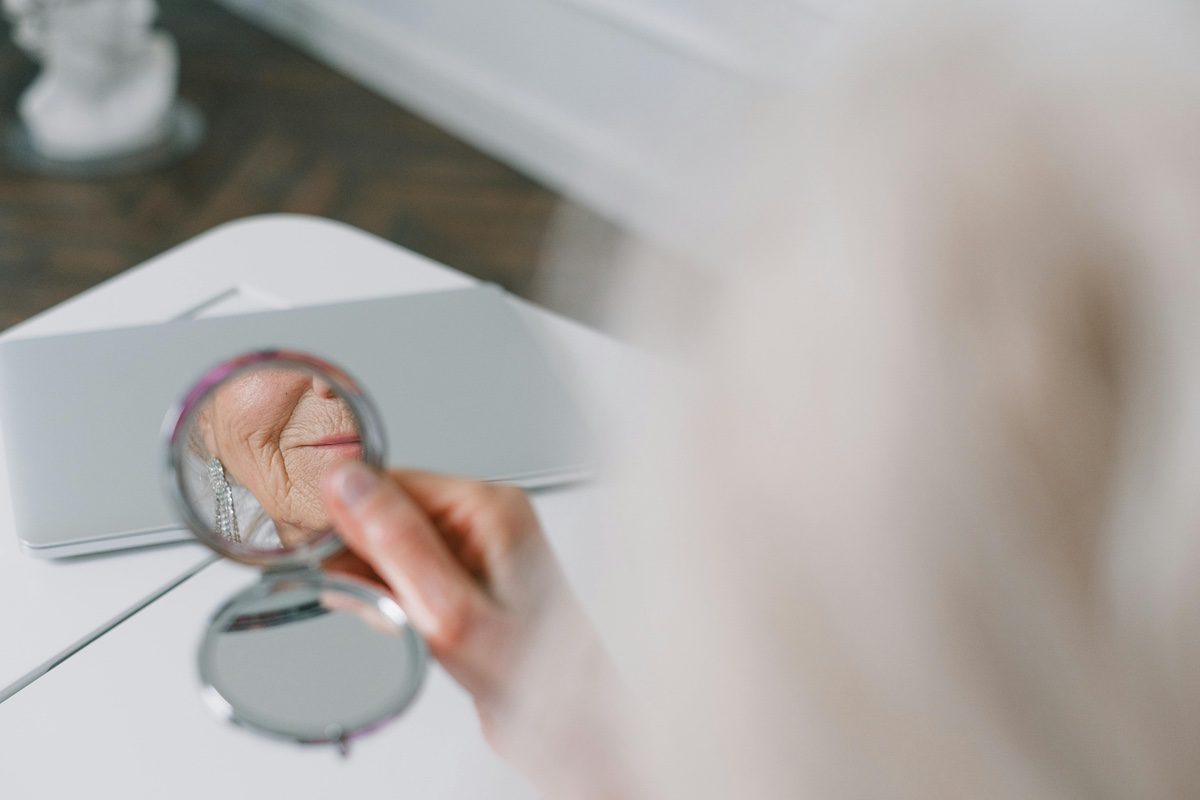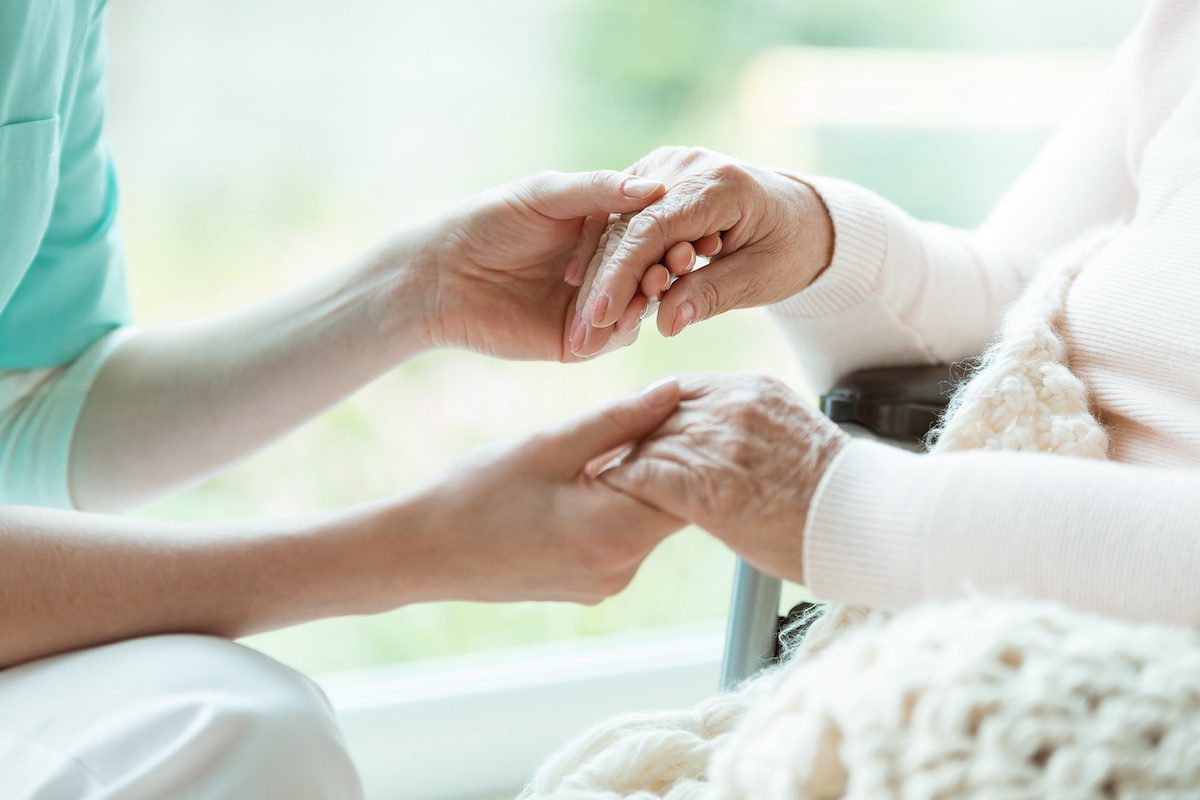Summer brings longer days, sunshine, and rising temperatures – while this season can be enjoyable, it can also present significant health challenges for individuals receiving hospice care.
Seniors and those with serious or terminal illnesses often have a reduced ability to regulate body temperature, placing them at a higher risk for heat-related complications. As a caregiver or family member, ensuring your loved one stays safe and comfortable during the hotter months is essential to preserving their quality of life.
In this blog post, we’ll explore practical strategies to protect hospice patients from the dangers of summer heat while promoting comfort, hydration, and emotional well-being.
Why Heat Affects Hospice Patients More Seriously
Older adults and hospice patients are especially vulnerable to heat for several reasons:
- Impaired Thermoregulation: Aging and certain medical conditions weaken the body’s natural cooling mechanisms.
- Medications: Many hospice patients take medications that affect hydration or inhibit the body’s ability to sweat.
- Limited Mobility: Patients with restricted mobility may be unable to seek cooler environments or adjust their clothing and surroundings accordingly.
- Underlying Illnesses: Terminal illnesses often compromise major body systems, making it harder to tolerate temperature extremes.
Understanding these vulnerabilities is the first step in developing a care routine that minimizes risks during the summer.
Signs of Heat-Related Illness in Seniors
It’s important to recognize the early warning signs of heat exhaustion or heat stroke in hospice patients. These may include:
- Dizziness or confusion
- Rapid heartbeat
- Nausea or vomiting
- Headache
- Heavy sweating or, in severe cases, lack of sweating
- Skin that is hot to the touch
- Muscle cramps or weakness
Promptly addressing these symptoms by cooling the patient and seeking medical assistance can prevent life-threatening complications.
Tip 1: Prioritize Hydration
Dehydration is one of the most common and dangerous issues during the summer. Seniors may not feel as thirsty or may avoid drinking due to incontinence concerns, but maintaining hydration is crucial.
How to Help:
- Offer water, ice chips, or electrolyte drinks regularly – even if they don’t request them.
- Include hydrating foods like watermelon, cucumbers, and soups.
- Keep a pitcher of cold water within easy reach.
- Monitor fluid intake and watch for signs of dehydration such as dry mouth, dark urine, or confusion.
Tip 2: Keep Their Environment Cool
Creating a comfortable indoor environment goes a long way in preventing heat-related stress.
Suggestions:
- Use fans or air conditioning to maintain indoor temperatures between 68–72°F.
- Close curtains or blinds during the hottest part of the day.
- Avoid using heat-generating appliances like ovens or stovetops.
- Consider moving the patient’s bed or chair away from sunny windows.
If the home doesn’t have adequate cooling, explore local programs that offer assistance with air conditioning units for seniors.
Tip 3: Dress for the Weather
Choosing the right clothing can improve comfort and support temperature regulation.
Tips:
- Dress hospice patients in lightweight, breathable fabrics like cotton or linen.
- Opt for loose-fitting garments that allow airflow.
- Avoid heavy layers or dark-colored clothing, which can absorb heat.
- Use wide-brimmed hats or cooling towels if they go outside.
Also, make sure bedding is seasonally appropriate – swap heavy blankets for light sheets during summer.
Tip 4: Limit Outdoor Time
Fresh air and sunshine can uplift a hospice patient’s spirits, but it’s vital to choose the right times for outdoor exposure.
Best Practices:
- Schedule outdoor activities during early morning or late evening when temperatures are lower.
- Provide shaded areas or umbrellas if sitting outside.
- Apply broad-spectrum sunscreen (SPF 30 or higher) to protect sensitive skin.
- Keep visits brief to avoid overheating.
Always check the weather forecast and avoid outdoor time during excessive heat warnings.
Tip 5: Offer Cool Comfort Measures
There are simple, comforting ways to help regulate body temperature without making dramatic changes to routine.
Examples:
- Use cool, damp washcloths on the forehead, neck, or wrists.
- Provide ice pops or cold fruit as a treat and hydration source.
- Offer a lukewarm sponge bath or use a gentle misting spray.
- Let them rest with a fan circulating nearby for extra airflow.
These small acts can make a noticeable difference in how a patient feels throughout the day.
Tip 6: Watch for Changes in Condition
Hospice patients are often already managing discomfort, and summer heat can intensify fatigue or irritability. Be attentive to subtle shifts in their condition.
Things to Monitor:
- Increased lethargy
- Reduced appetite
- Skin color or temperature changes
- Behavioral shifts or agitation
If symptoms persist, reach out to the hospice care team. They can evaluate whether the patient needs additional medical support or comfort adjustments.
Tip 7: Support Emotional Well-Being
While the physical impact of summer heat is a priority, don’t overlook the emotional toll that discomfort or isolation can bring.
Ways to Support Emotional Health:
- Create calming indoor activities like listening to music or looking at photo albums.
- Encourage virtual visits if travel is limited due to heat.
- Practice gentle relaxation techniques like guided breathing or aromatherapy.
- Remind them they’re not alone – your presence and companionship offer powerful emotional support.
Balancing physical comfort with emotional reassurance can provide a well-rounded approach to summer care.
When to Involve the Hospice Team
Hospice care professionals are your best allies during seasonal changes. Don’t hesitate to reach out if:
- You notice signs of heat-related illness
- You have questions about medications and heat sensitivity
- You need help securing cooling equipment or hydration supplies
- You want support navigating changes in your loved one’s condition
The hospice team can also offer additional home visits or telehealth check-ins during extreme weather.
Final Thoughts
Keeping hospice patients comfortable in the summer heat requires planning, attentiveness, and compassion. From hydration to emotional support, small steps can prevent serious complications and promote comfort during this season.
While summer heat presents real risks, it also offers opportunities for quiet moments of connection – sharing a cool drink, sitting together near a fan, or simply being present. With thoughtful care, you can help your loved one enjoy a sense of peace and comfort, even on the hottest days.
If you’re ever unsure or overwhelmed, remember that your hospice care team is there to help. Together, we can navigate the summer months with safety, dignity, and love.



